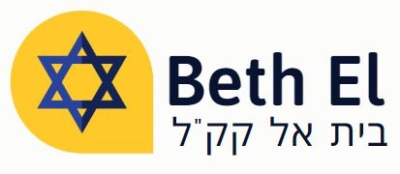Weekend services and upcoming Simchat Torah celebration
The month of Tishre is the holiest of Jewish months. Beginning with Rosh Hashanah, when we take an inventory of our lives, we then move on to the Ten days of Repentance, when we make amends with our friends and family, co-workers and colleagues. These ten days lead us to the month’s apex, Yom Kippur, the Day of Atonement, when each of us receives G’d’s final judgement. Then as the sun sets on Yom Kippur and the final blast of the shofar is heard at Yom Kippur’s Neilah Service we immediately begin the third of Tishre’s holidays: Sukkot.
Sukkot is different from the month’s other two holidays. Rosh Hashanah and Yom Kippur are a journey into our individual and national soul. Sukkot, on the other hand, translates the spiritual part of each person’s life into the daily aspects of life. Everything about Sukkot is practical and specific. It is the original harvest thanksgiving holiday. It is a week that reminds us that neither G’d nor life owes us anything; that it is we who must be grateful for whatever blessings we may receive. Sukkot takes us from our inner lives to our outer lives. We are commanded to eat in the sukkah, to perform the mitzvah of ushpizin (hospitality), to interact with the world. The holiday is a celebration of this interaction. It reminds us that we are part of the world and that perhaps one of the greatest of sins is to waste a precious day of the time that we are in this world
Sukkot is the motivator that reminds us that in the end, what we say or claim to believe about life is a lot less important than what we do in life. Sukkot teaches us that there is a time for praying and introspection and a time for doing and harvesting. The days of reflection, the High Holidays, have come to a conclusion. Now it is our responsibility to incorporate the lessons learned during Rosh Hashanah and Yom Kippur into the way we harvest our good deeds and live our lives.
My family joins me in wishing you a Happy and Joyous Sukkot, Chag Sameach.
